Residents reflect on states loosening COVID-19 restrictions
After months of restrictions to prevent the spread of COVID-19, some states decided to begin reopening in March, including West Virginia, Texas and Alabama. The decision to reopen sparked some skepticism and President Joseph Biden discouraged states from loosening restrictions, as more residents needed to have safe access to a vaccine. Today, as vaccination is still in progress, early reopenings have produced mixed results.
According to gov.texas.gov, on March 2, the Governor of Texas, Greg Abbott, lifted the mask mandate, marking the end of COVID restrictions in the state. “With the medical advancements of vaccines and antibody therapeutic drugs, Texas now has the tools to protect Texans from the virus,” Gov. Abbott stated in his announcement.
Alex Henderson, the reporter’s uncle from Dallas, gave insight into the state’s loosening restrictions: “Many people are still wearing masks; I am actually at the gym at the moment, and most people have masks. My wife and I went to Walmart, and we had our masks on and will continue to.” A Major League Baseball team, the Texas Rangers, is allowing total capacity at the Globe Life Field. “Baseball teams are sold out, and I am worried people are going to get COVID again. It is just too early to open back up completely, in my opinion,” Henderson said.
As of March 29, Texas has recorded a total of 2.78 million cases and 48,290 deaths since the beginning of the COVID-19 pandemic, with 3,293 newly recorded cases. 37.74% of the state’s population has been vaccinated, according to Our World in Data.
Another state that reopened, on March 6, is West Virginia. The state passed its 1,896 peak daily cases in the beginning of January. Gov. Jim Justice signed a multitude of executive orders on March 5 that range from allowing bars and restaurants to operate at maximum capacity to removing all restrictions on social gatherings.
Cordelia Davies ’23, who lives in West Virginia with her mother, gave her input on the situation. “It is amazing for people in the state. Students are going to be able to go hybrid again, which is exciting. It means a great deal to many of them. Believe it or not, people in West Virginia handle COVID well, and there is no reason to be fearful.”
Noah Macielag ’23, who has relatives in the state, also shared his perspective. “West Virginia has a low population, so they are progressing compared to other states with higher populations. Cases have been decreasing, and vaccines are a significant beginning for them. It is unfortunate how, when my family leaves the state, they have to go back into quarantine. They all have lives and things to do such as working and school, so I am happy they do not have to deal with that anymore.”
By March 29, the state had administered vaccines to 47% of its residents. West Virginia has seen a 38% increase in its COVID cases and a 22% increase in hospitalizations in the past 14 days. On March 28, 297 new cases were discovered, adding to the total of 140,991 cases recorded since the beginning of the pandemic.
On March 4 Alabama Governor Kay Ivey issued a new “Safer at Home” order, loosening some restrictions. The new COVID-19 regime mostly affects visitation guidelines for hospitals, nursing homes and senior citizen centers. Restaurants, breweries and bars now do not have to limit seating per table but must ensure six feet of distance between the tables and proper sanitation.
Elsworth from Birmingham, Alabama, a family friend of the reporter, said, “April 9 is when the governor is going to lift the mask mandate. With that being said, some cities still may require residents to wear masks. Hospitalization is going down, so that is a plus! Overall, things are looking much better!”
The state has seen a decrease of 24% in new cases this past week, with a weekly average of 419 cases a day. As of March 29, 1.67 million people in Alabama have been vaccinated, which constitutes 34% of the state’s population. As vaccination accelerates in West Virginia, Alabama and Texas, the states will relinquish the remaining guidelines. Alabama’s “Safer at Home” order expires on April 9; West Virginia continues to loosen COVID requirements — the state just opened high schools and allowed music performances on March 25 — and Texas continues to substitute more restrictions with recommendations.



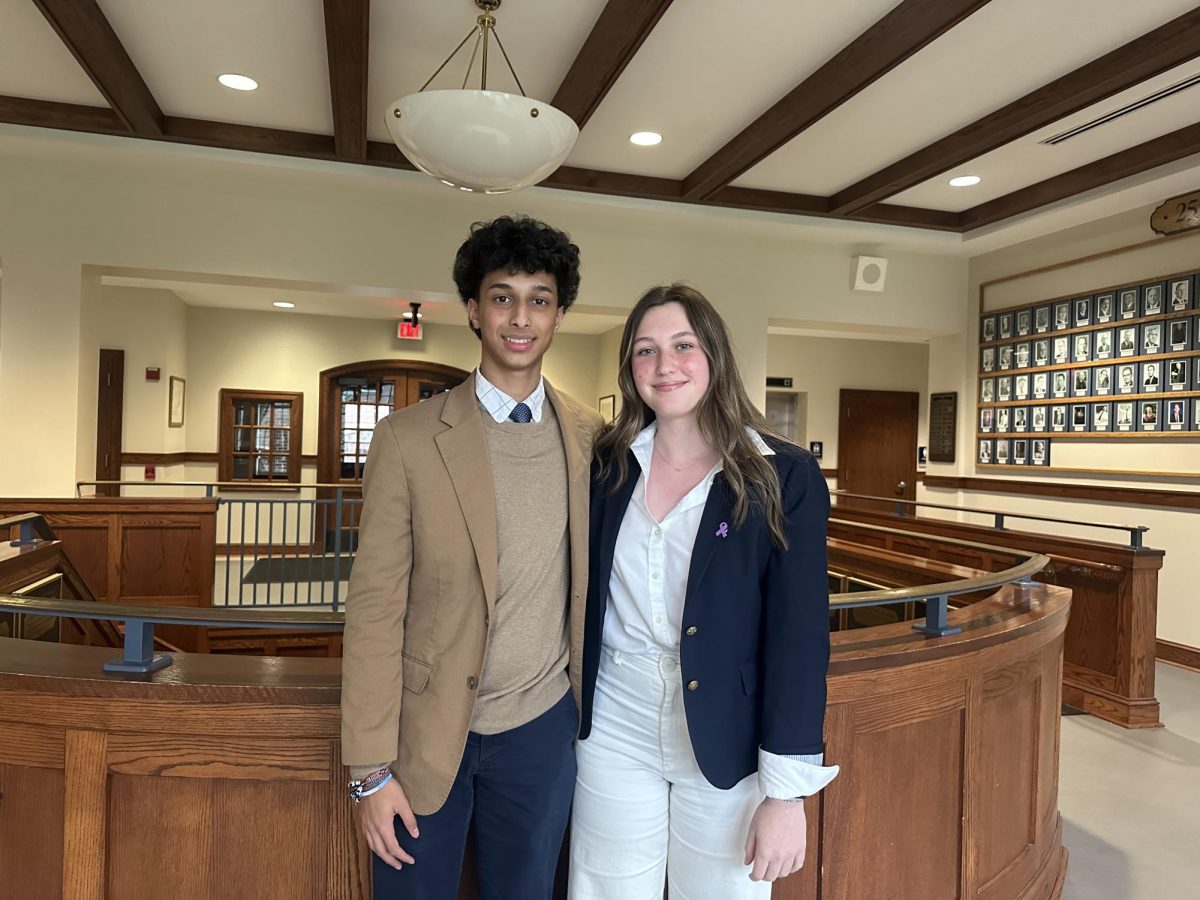


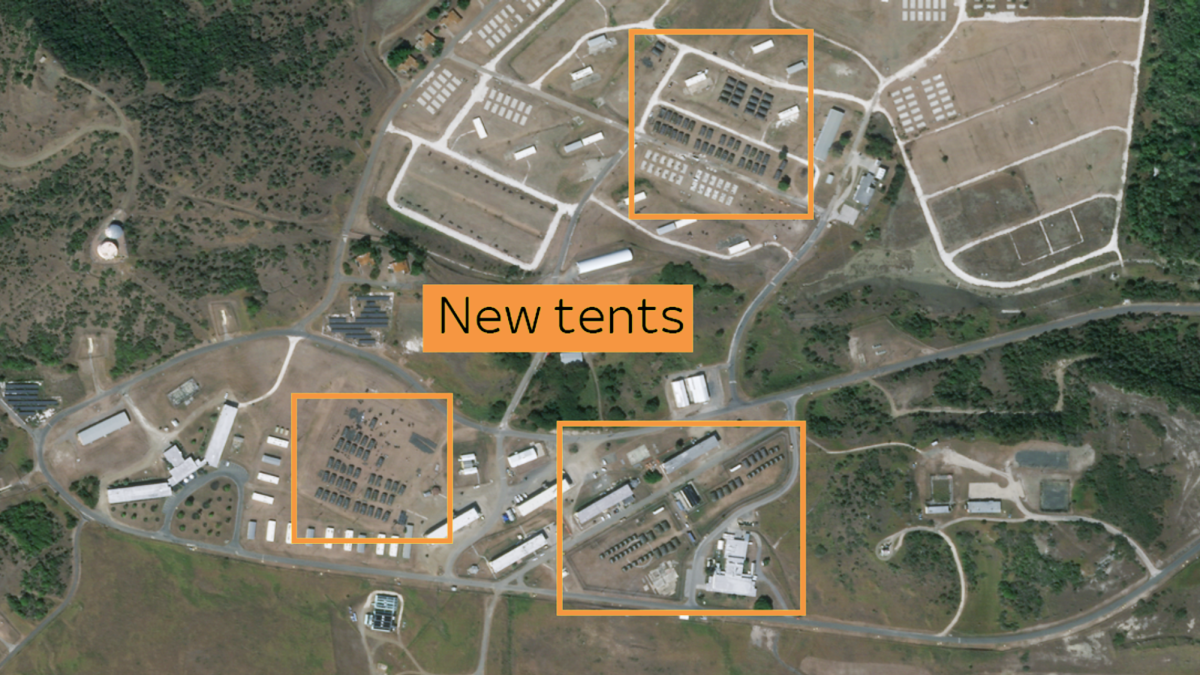



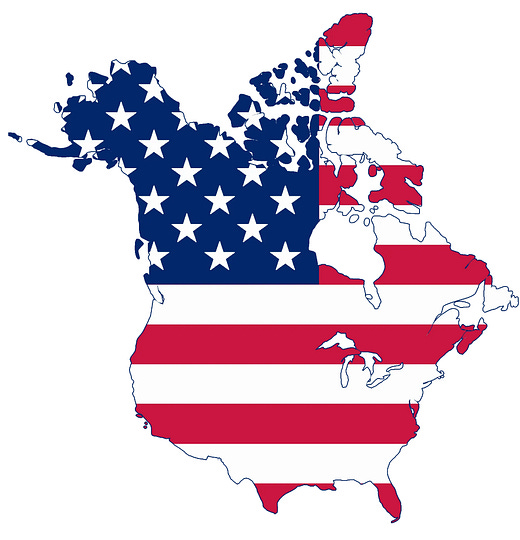

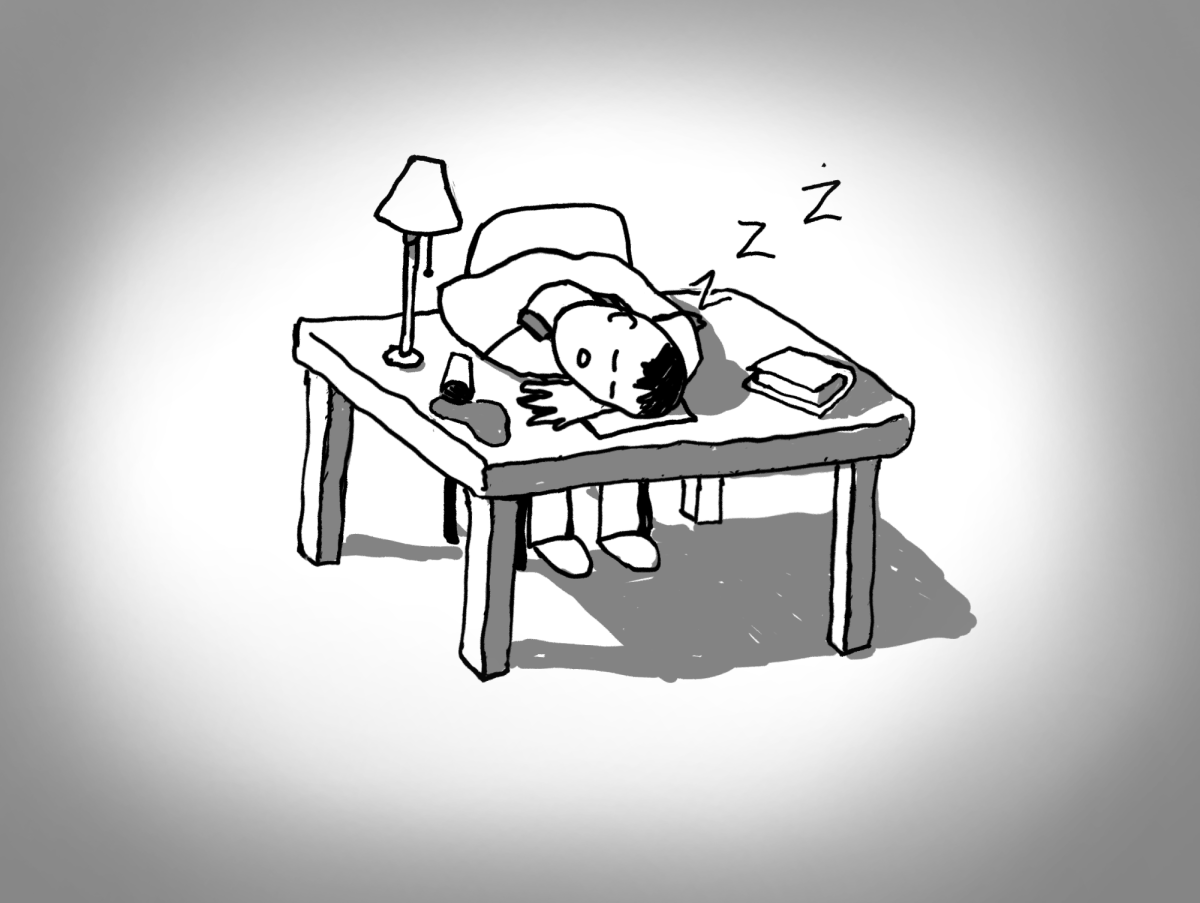

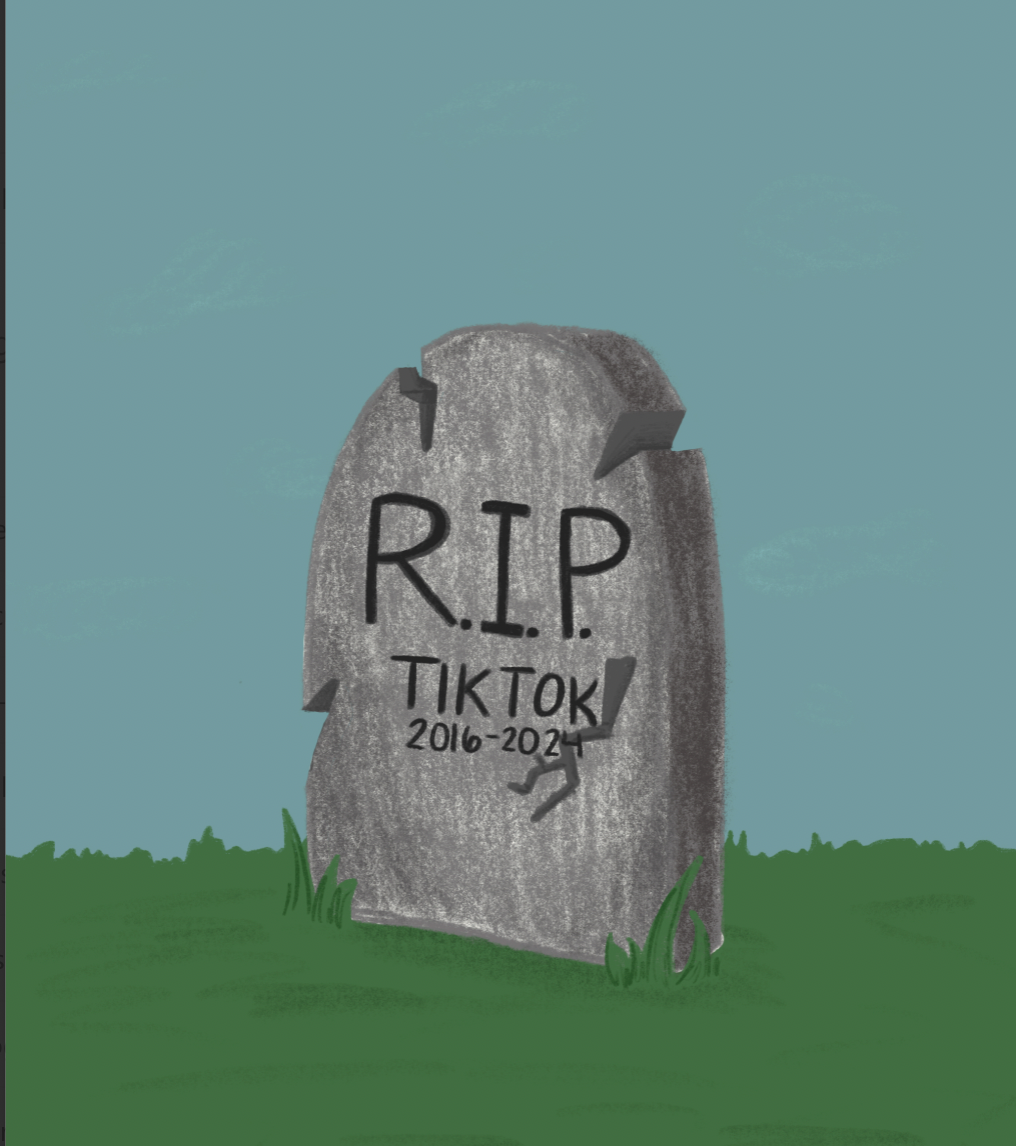
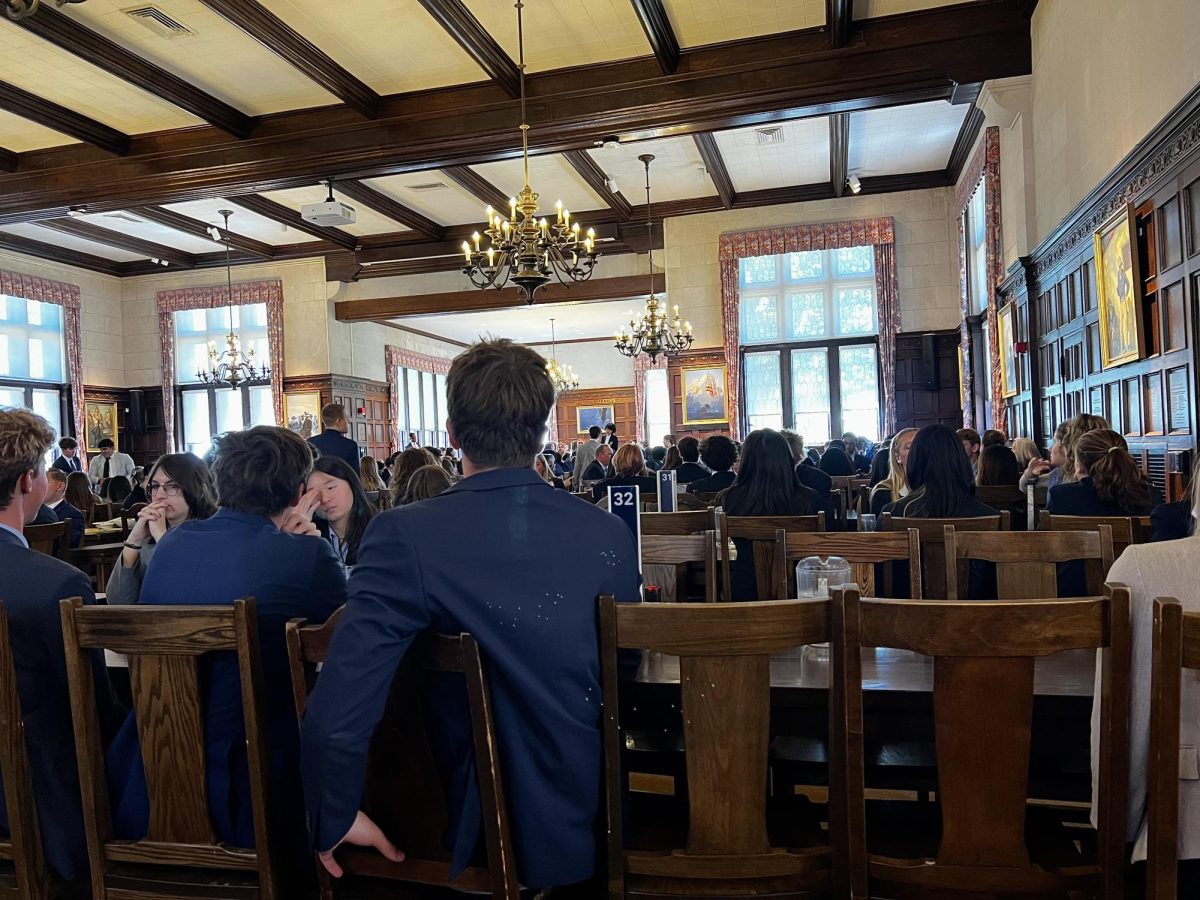







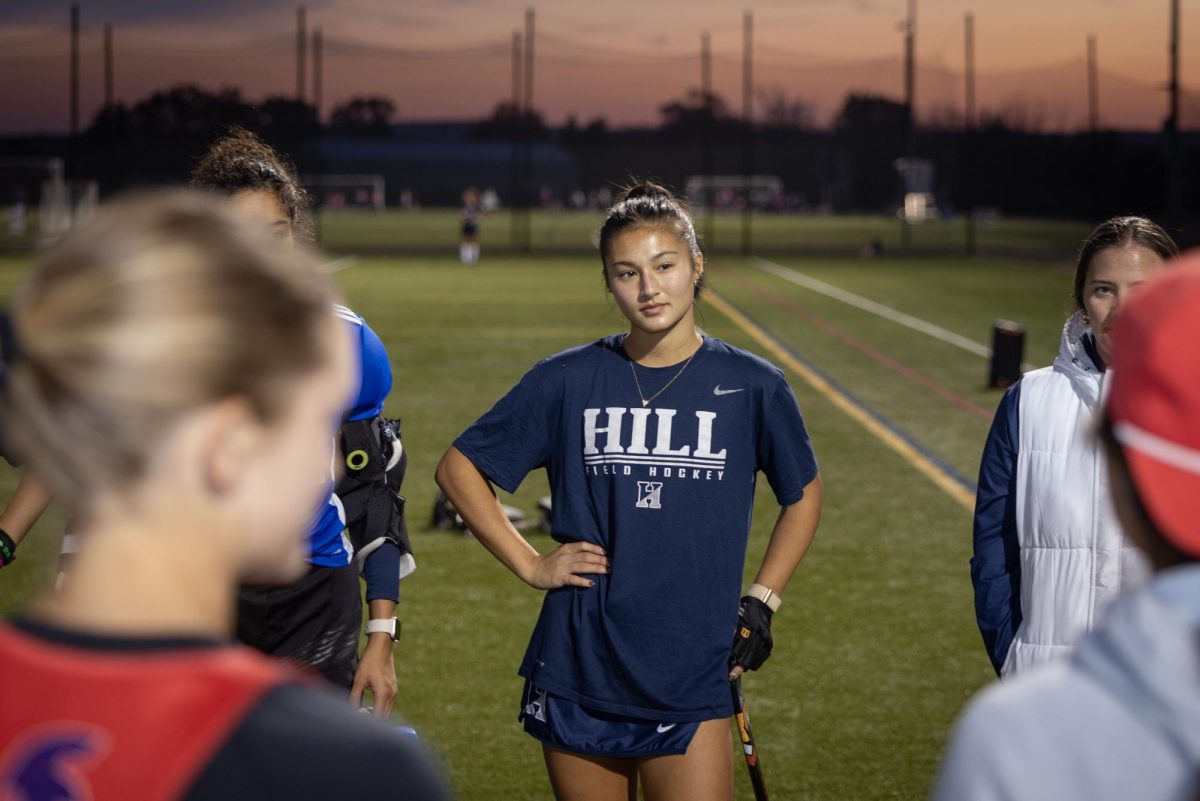

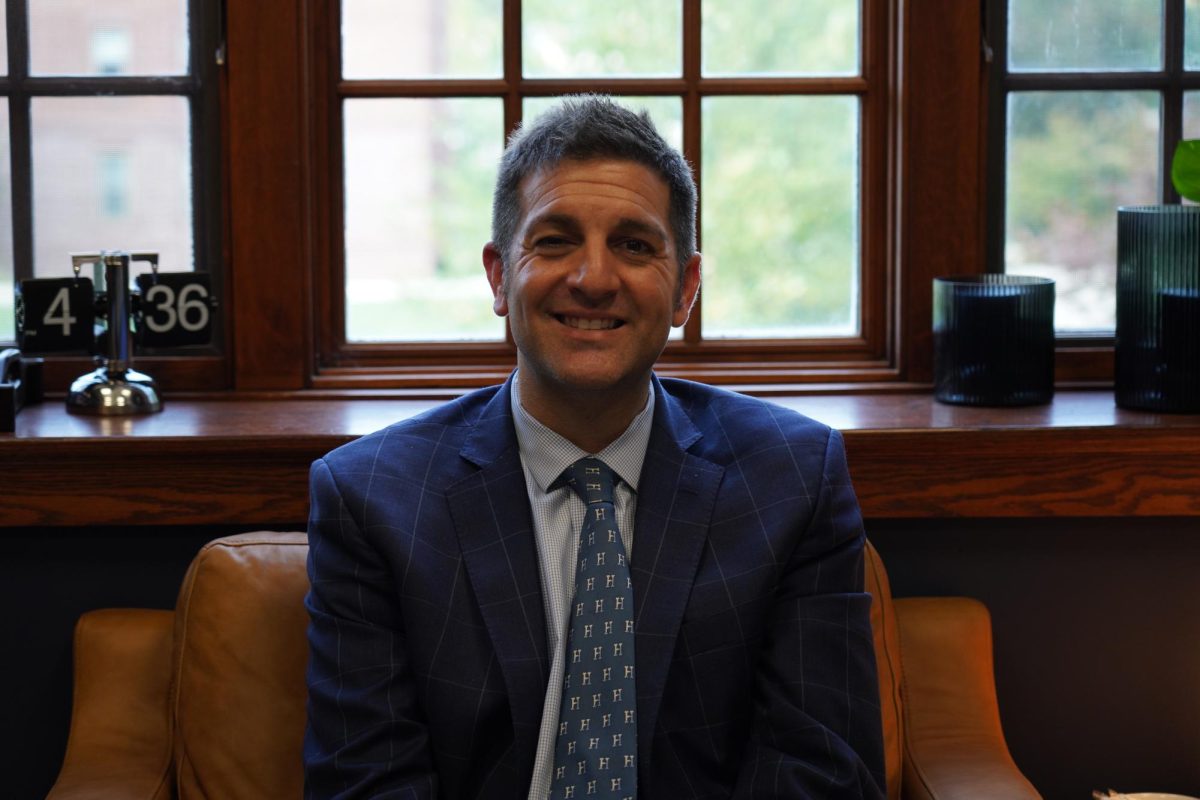

Monica D Henderson • Apr 2, 2021 at 12:30 pm
Love that you sought after other states to see the residents opinions! Great job Miya!!! Keep doing the Father’s will & speaking truth!! He’ll take you higher ??????